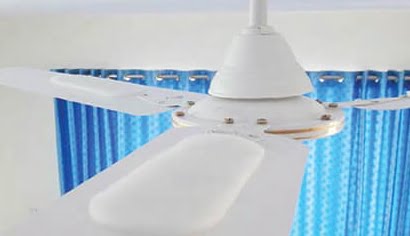Did you know most cities in India, especially the bigger ones, have heavily polluted air? In fact, most cities in North India, including New Delhi, have frequently featured in the top 20 most polluted cities in the world. Have you wanted to buy an air purifier but find it too expensive? Here are the affordable options.
How To Convert A Fan To Air Purifier Using HEPA Filter
This is a very effective way to filter air just like commercial air purifiers which are essentially a fan and a filter with a few sensors. Buy a HEPA filter and simply strap it onto a pedestal or table fan. HEPA filters generally cost around ₹1,500 depending on the make and size. Also, HEPA filters can help capture COVID-19 virus from the air as well!
How To Convert Ceiling Fan Into Air Purifier

Everybody has a ceiling fan, isn’t it? Here’s an air filter by Biofi Air360 that you attach on top of your ceiling fan blades. As the fan rotates, the filter traps dust particles. Using a stick and velcro setup, it is easy to replace the filters. And the cost is ₹400 for a pack of 10. Every fan needs one filter on each blade, so ₹120 for a fan. This method is, however, slightly less effective than HEPA filters.
You can also convert your air conditioner into an air purifier by adding a filter on top of the existing filter. Read more about it here.
Do I Need Air Purifier In Cuttack & Bhubaneswar?
Bhubaneswar had satisfactory AQI levels of 80 in April 2021, according to the Odisha State Pollution Control Board. However, on some days, the number breaches 100 and goes into the moderate zone, which is bad for sensitive groups such as those with asthma, lung problems, etc. The numbers are definitely higher at traffic stops and also indoora. Wearing an N95 mask helps protect from PM2.5 particulates, but you can’t wear it while sleeping. For this, investing in an air purifier or a DIY one like the ones we have listed is a good option.
Also Read: Fog Or Hazardous Air Pollution In Bhubaneswar?
An AQI score between 0 and 50 is considered safe, 51-100 satisfactory, 101-200 moderate, 201-300 poor, 301-400 very poor and 401-500 falls in the severe category. Above 500 is severe as well as in the emergency category.
















